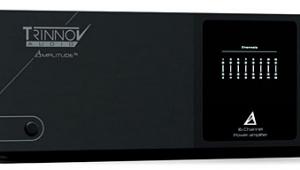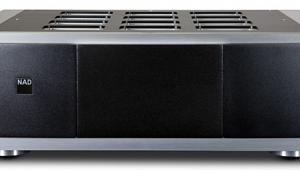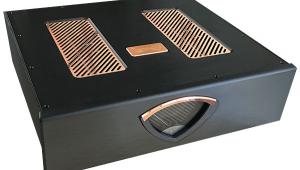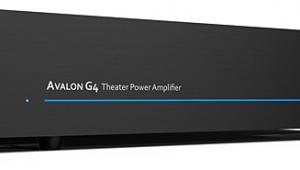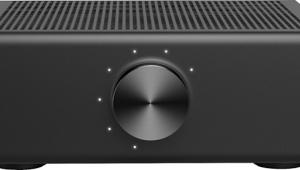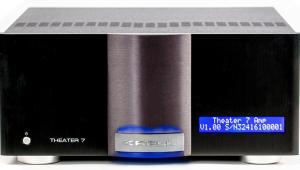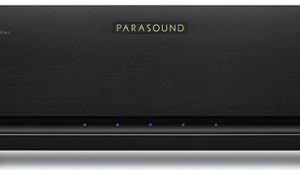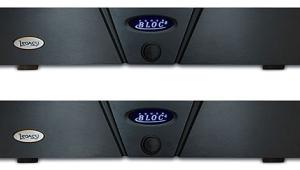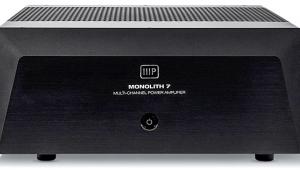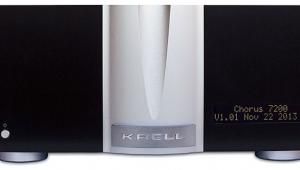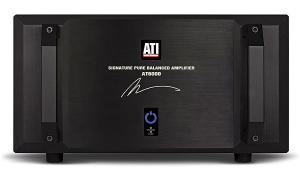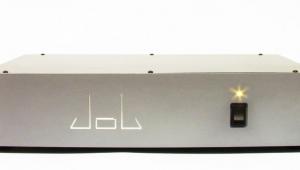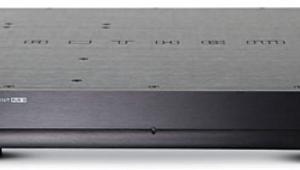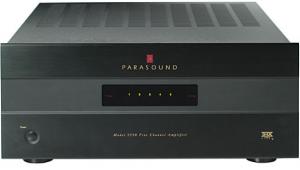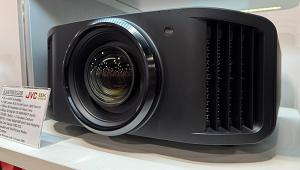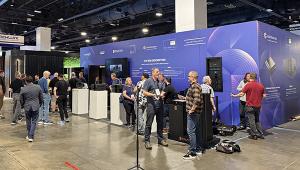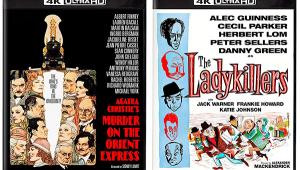Review: Pass Labs INT-150 Integrated Amplifier Page 2
Performance
During my extended time with the INT-150 I tried it with several pairs of speakers including a pair of Red Rose Music Rosebud IIs, and my trusty Quad ESL-57s. The bulk of my critical auditioning, however, was done with PSB's Synchrony One towers, which arent' especially hard to drive, and are quite adept at revealing changes in the rest of my system.
First up was Shelly Manne and his Men at The Blackhawk Volume 3, a CD I know better than the back of my hand. The incredibly open and dynamic sound of Joe Gordon's trumpet can cause wimpy amps to collapse in defeat, but not the INT-150. When Joe blasted out those top notes, the Pass sounded like it was just cruising along. Monty Budwig's walking bass line was easy to follow, even with all three of the bass port stoppers on the Synchrony One speakers removed. I normally have to plug at least some of the ports to keep the bass from turning into a muddled mess with less controlled-sounding amps,. The Pass also did a fine job of keeping all the strands of the music separated so you could easily follow the individual parts.
"NYC Man" from Lou Reed's Set the Twilight Reeling is another challenging track. Lou, who happens to be an audiophile, is no fan of dynamic compression or emasculated bass. Using the Pass amp, Fernando Saunders' plummeting bass lines remained in check, but only just. Lou's voice was exceptionally natural sounding, with an intimate quality that felt kind of like he was standing right there in the room.
Pope Music was a label that made some exceptional recordings of Russian orchestras during its brief existence, and Shostakovich's 5th, with Mark Gorenstein conducting the Russian Symphony Orchestra, is among its best. With the INT-150, the orchestra sounded brightly illuminated and detailed, but with an expansive soundstage that remained completely detached from the speakers. String tone was smooth and clear, with plenty of bite in the cellos and basses. The winds were pushed slightly forward out of the mix, but not in a way that became obtrusive. On the contrary, the marginally upfront presentation just made it easier to follow the various sections of the orchestra.
With all types of music, the impression that kept creeping into my mind was how effortless the Pass amp's sound was - a quality I often associate with tube amps. Some solid-state amps, even really powerful ones, can sound like they are struggling really hard to pump the music out, kind of like they were working against themselves in some way. Not so with the Pass, which always had a relaxed quality that made me want to crank things up.
Bottom Line
It's hard to deny that $7,150 is an awful lot of money to spend on an amp, but bear in mind that the Pass Laboratories INT-150 functions as both the power amp and preamp in a high-end system with no compromise in performance. It's hard to beat if you value raw performance over bells and whistles. If you're looking to get into high-end audio, or just want to simplify your high-end system without scaling back, the INT-150 gives you the tools to make that move. Its effortless, yet utterly transparent performance is difficult to fault.
- Log in or register to post comments
